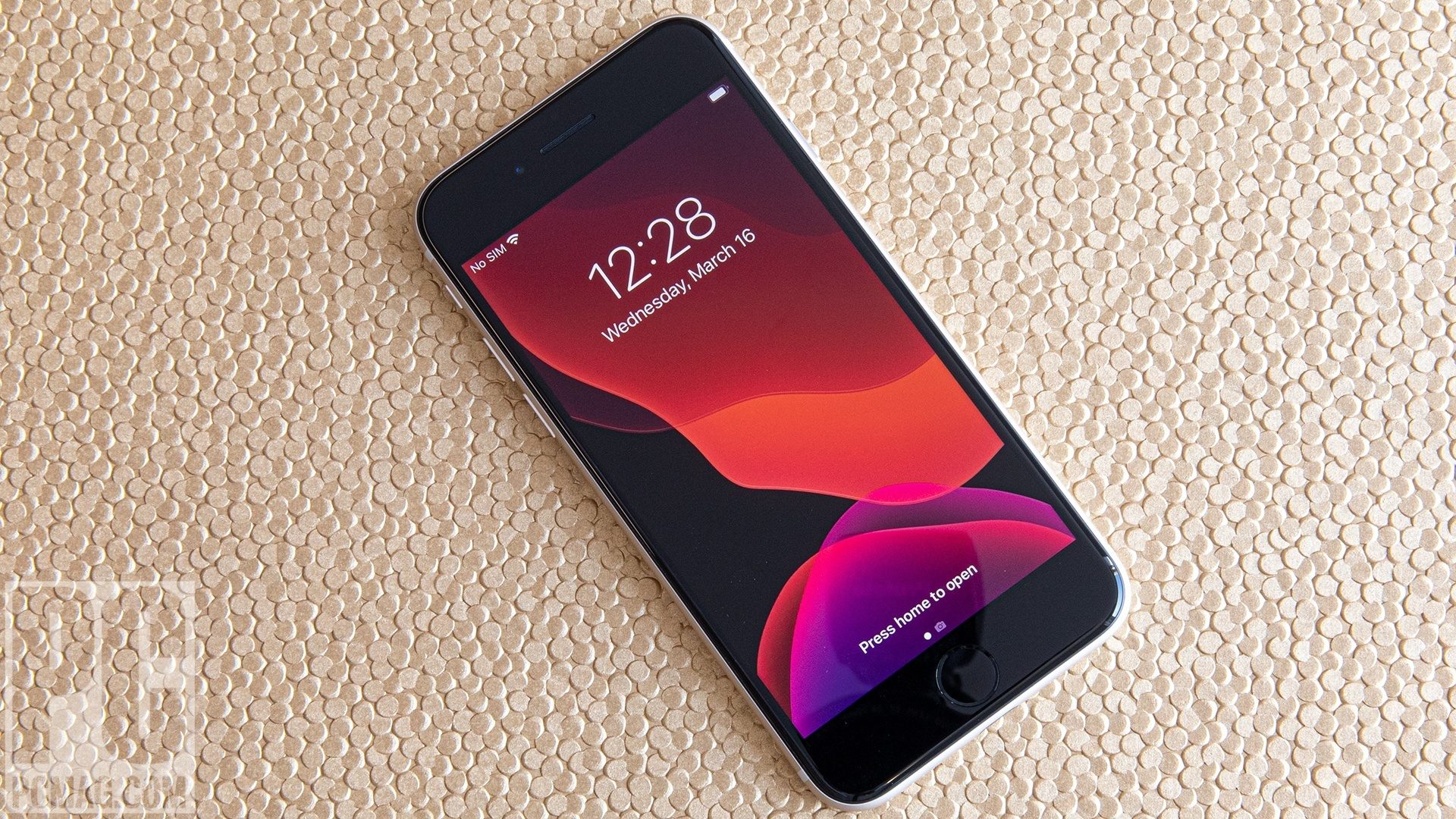-
Pros
- Most affordable iPhone
- Speedy performance
- Only iPhone with Touch ID
- Supports T-Mobile and Verizon mid-band 5G
-
Cons
- Outdated body design
- Camera lacks Night Mode
- Lacks support for AT&T's 3.45GHz mid-band 5G
- Shortest battery life of any iPhone
Apple iPhone SE (2022) Specs
| Battery Life (As Tested) | 7 hours, 20 minutes |
| Camera Resolution (Rear; Front-Facing) | 12MP; 7MP |
| CPU | Apple A15 |
| Dimensions | 5.45 by 2.65 by 0.29 inches |
| Operating System | iOS 15 |
| Screen Resolution | 1,334 by 750 pixels |
| Screen Size | 4.7 |
Editors' Note: This is the most recent version of the Apple iPhone SE. Read our review from March 21, 2022, below.
Apple's $429 iPhone SE is the smallest and most affordable iPhone that unlocks access to most of the latest 5G network bands. But you should demand a little more from your phone, especially in terms of battery life, hardware design, and camera features. Apple sells the iPhone 14, iPhone 15, and iPhone 16 families, and all of them outperform the SE in every way. If you own an older iPhone SE, don't want to spend much, or simply prefer having access to Touch ID, the iPhone SE is worth considering. But the pricier iPhone 16 ($799) remains our Editors’ Choice winner in Apple's current lineup.
Just a Little Different
The previous iPhone SE launched in April 2020, which was a very weird time for the world in general and for me in particular. My neighborhood in Queens was the epicenter of the COVID-19 pandemic in the US, and I felt like I was living in the middle of a world-changing disaster. In that context, the then-$399 iPhone SE was the perfect phone. The idea of spending $800 or more on a cell phone during an economic downturn when you might need that money for, say, basic daily necessities was laughable. I wrote then: “A few months ago, our economy looked capable of supporting $1,200 smartphones from both Apple and Samsung; now, we have an unemployment rate of over 20 percent."

But 2022 is not 2020. We aren't back to the Before Times (inflation is still a concern, as are lingering coronavirus variants), but we aren't in a bewildering crisis either. The new iPhone SE, however, is still pretty much the same phone it was two years ago.
Case in point, the 2022 iPhone SE is exactly the same size as the 2020 model, at 2.65 by 5.45 by 0.29 inches (it fits into the same cases). It weighs a little more (5.22 ounces compared with 5.09), but I didn't notice the difference in handling it.
The phone also still uses the iPhone 8 body design from 2017, which is now a bit stale. I like that it includes a physical Touch ID home button, but the bezels are huge compared with sleeker, more recent devices like the $699 iPhone 13 mini, not to mention recent midrange and higher-end Android phones.
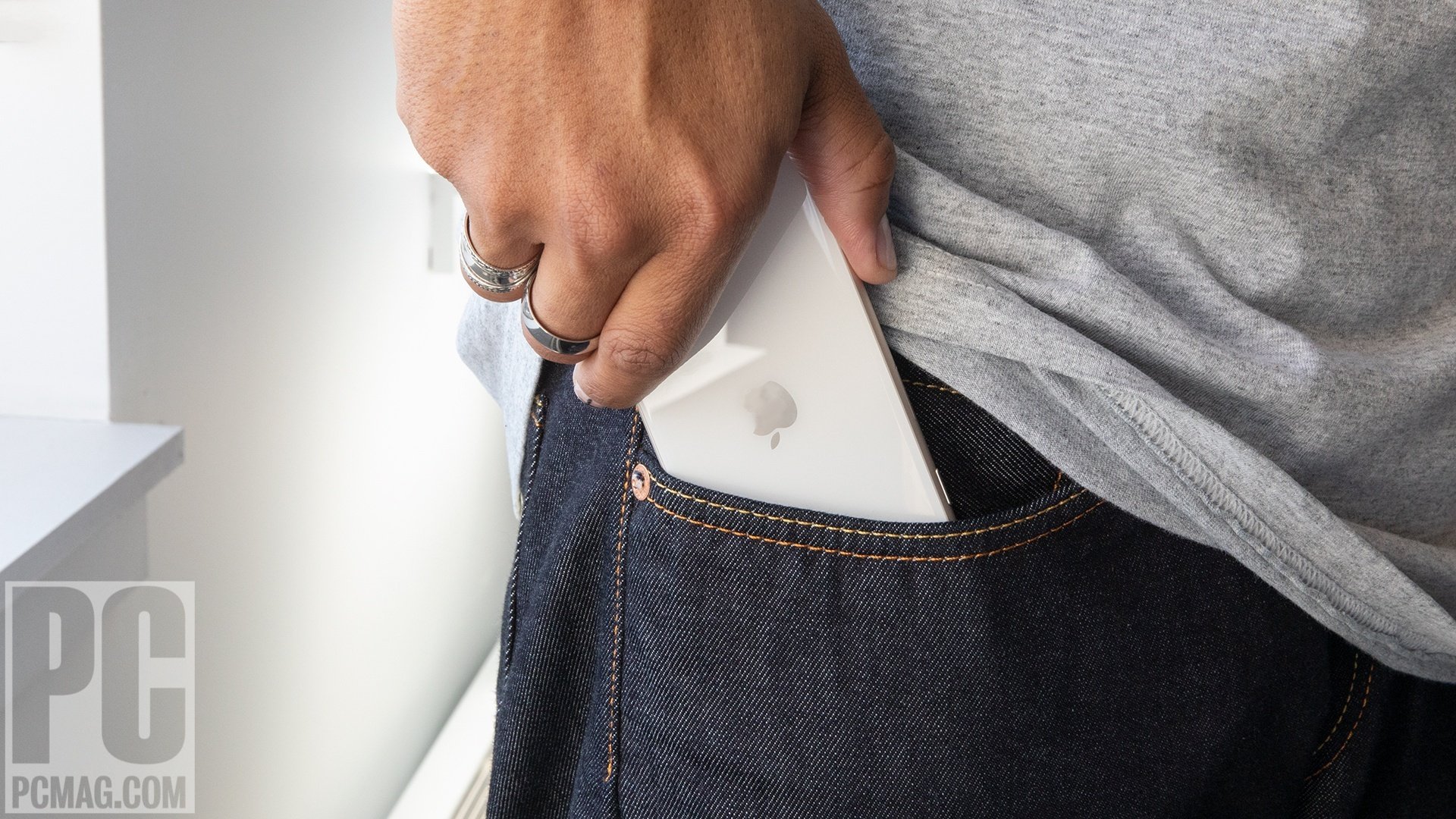
As far as I can tell, the new model uses the same screen as the 2020 iPhone SE: a 4.7-inch, 1,334-by-750-pixel LCD with 625 nits of maximum brightness. It sports the same camera hardware, too, including a single 12MP f/1.8 camera with 4K video recording on the back and a 7MP f/2.2 camera on the front. Also like the 2020 SE, the new model carries the same IP67 waterproof rating and doesn't include a headphone jack.
The 2022 iPhone SE is available in Midnight (a sort of blue-black), Starlight (pearl white), or red. It can be outfitted with either 64GB ($429), 128GB ($479), or 256GB ($579) of storage. If you plan to take photos and videos, you should get at least the 128GB model.
So, in light of all the hardware similarities, why does the 2022 iPhone SE exist? I'm pretty sure carriers demanded it.
The Carriers Needed a 5G iPhone SE...Do You?
Wireless carriers in the US and much of the developed world spent tens of billions of dollars on 5G airwaves over the past few years and really want us to move over to those empty lanes on their wireless highways. Verizon, for one, has been battling congestion issues on 4G recently, a problem it could solve by transitioning customers to 5G network bands. The new iPhone SE moves you into that new HOV lane on your carrier's highway and out of the 4G gridlock.
How does this factor into the iPhone SE lineup? For reference, Apple sold its 2016 iPhone SE for four years. The iPhone 2020 SE, however, has been on shelves for only about two years. Because this latest update to the lineup appears to come in the middle of a cycle, I imagine the carriers pleaded with Apple to make the most affordable iPhone 5G compatible. And once the price on 5G chipsets became right, Apple did.
Apple wouldn't tell us which modem the 2022 iPhone SE uses, but the style of its Field Test Mode indicates that it's one from Qualcomm—my bet is on the same Qualcomm X60 chip that's in the iPhone 13 series. There are five different international models of the 2022 iPhone SE, but they're more similar to the various models in previous years, so make sure to buy the model appropriate for your country.

In terms of basic calling and texting, the 2022 iPhone SE functions much the same as the 2020 model. It makes calls using 4G networks, and call quality is similar to other iPhones. The upcoming 3G shutdowns won't affect it. For hearing aid users, this is the easiest way into a post-3G lifestyle, as iPhones tend to offer superior compatibility with hearing aids than Android phones.
For data, mid-band 5G matters. It can matter a lot if you're somewhere with mid-band 5G coverage from your carrier; in this scenario, the 2022 iPhone SE offers significant performance improvements over older 4G iPhones. Check out our article on whether you need a 5G iPhone for more information.
If you have mid-band 5G coverage on T-Mobile or Verizon, this phone offers significant performance improvements over a 4G-only one. On AT&T's network, you likely won't get an advantage from 5G now, but this phone is an investment in the future, at least to some extent. The iPhone SE supports AT&T's C-band but not its 3.45GHz spectrum, which is a key part of the carrier's mid-band 5G rollout. This means AT&T network performance improvements here will be patchy—consider waiting for the iPhone 14 lineup if that's important to you.
That said, the iPhone SE is the weakest performer of the recent round of 5G iPhones. The phone lacks support for millimeter-wave, a super-fast, short-range system that Verizon uses. Don't let that bug you too much; we have millimeter-wave here in New York, but it's relatively rare throughout the rest of the country.
The iPhone SE's 2x2 MIMO setup (two data streams with two antennas) also weakens its network performance. Most modern phones use a 4x4 MIMO setup with four antennas. I compared the new iPhone SE with the iPhone 13 mini and the Samsung Galaxy S22, both of which have 4x4 MIMO setups. For testing, I connected the phones to Verizon's network and walked through a part of Brooklyn that has a mix of C-band and millimeter-wave coverage.
Depending on where I was standing, the iPhone 13 mini or the Galaxy S22 had better speeds or signal strength. The most important takeaway is that the SE was almost always slower, even if it sometimes reported better signal strength than the iPhone 13 mini. That difference was clearest in my two tests in environments with slower network speeds—I performed the first one outside on a bridge and the second one indoors in a hotel. In both cases, the iPhone 13 mini and the Galaxy S22 had similar performance that was a lot better than the iPhone SE's.
If data speeds matter to you, you're much better off with the iPhone 13 mini than the iPhone SE. But if you live in an area with good coverage for your carrier and don't particularly care how fast the connection is, the iPhone SE is fine. One important note about how phones report signal strength: The difference in speed won't show up in the number of bars you have, so an iPhone SE with more bars may get slower performance than an iPhone 13 mini with fewer bars.
Apple's OS notably lets you turn 5G on or off manually, an option you don't get with 4G phones (or with some 5G Android phones). If you prefer, you can save the 5G for later in the buildouts.
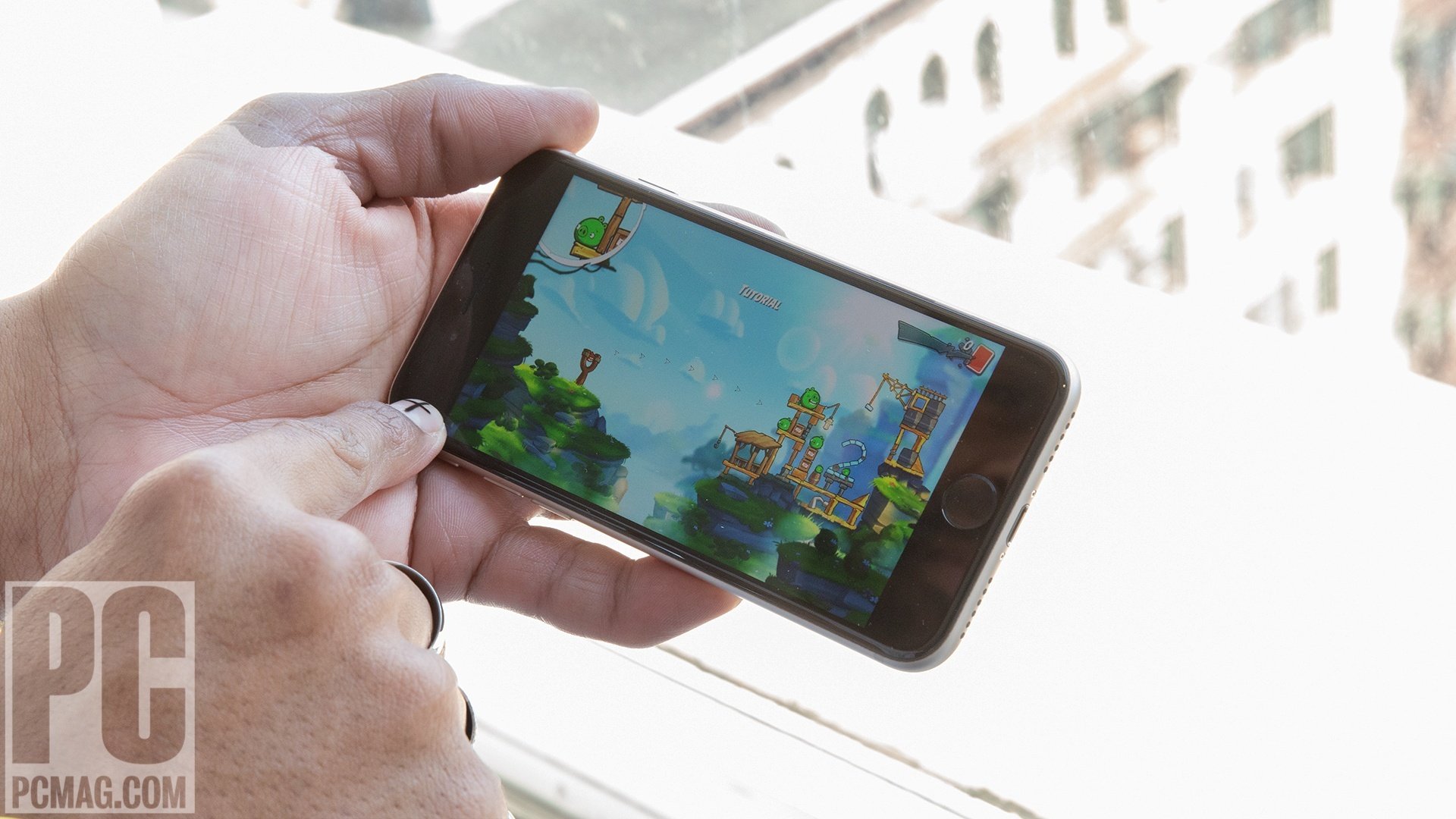
Just as Powerful as an iPhone 13 Pro
The new iPhone SE moves from Apple's A13 processor to the A15 for a significant boost in performance. The A15 is grossly overpowered to run this display and camera system; it's the same chip that's capable of driving the iPhone 13 Pro Max's much higher-resolution screen and triple cameras flawlessly. Here, it hits the display maximum of 60fps at GFXBench's toughest Aztec Ruins benchmark and absolutely crushes Geekbench.
The bottom line is that the SE 2022 is very, very fast, no matter what you throw at it. Take a look at the Basemark Web score below. Basically, web pages on this phone render as fast as your connection allows. The A15 also ensures that the phone will work well with iOS upgrades for at least the next five years.
The efficient A15 processor leads to notably better battery life compared with the older SE, too. On the 2020 iPhone SE, I got 5 hours and 57 minutes of video playback time over Wi-Fi; on this one, I got 7 hours and 20 minutes. That result is still shorter than any other current iPhone, including the iPhone 13 mini (12 hours and 20 minutes), however. And given the power demands of 5G networks, I expect it to last around five to six hours of screen-on time over a 5G connection. So, despite the battery life improvement, you shouldn't pick the iPhone SE if you use your phone heavily.
Charging via the Lightning port tops out at a maximum of 18W. I charged to 7% in five minutes, 34% in 20 minutes, and 66% in 40 minutes. The phone also supports wireless charging, but not MagSafe.
iPhone SE Cameras: You Get What You Pay For
As mentioned, the new iPhone SE uses the same 12MP main camera and 7MP front-facing camera as the last model. However, Apple says that the A15 processor unlocks software improvements, most notably related to HDR processing. But the new model still doesn't have the Night mode from the iPhone 12 and 13 lineups; I asked Apple why, but it didn't give me a satisfying answer.
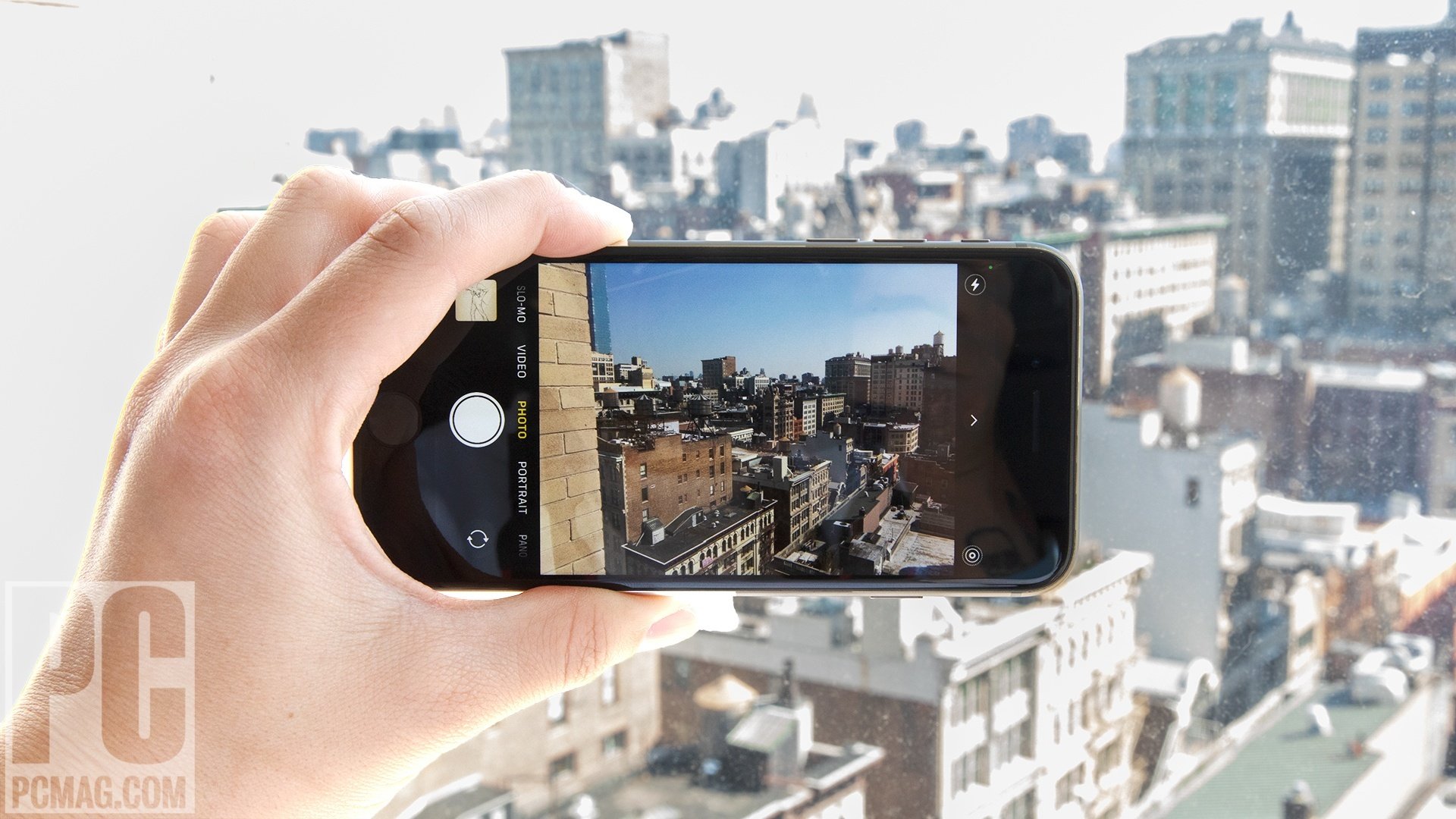
Comparing the new iPhone SE with the previous model and the iPhone 13 mini throws the differences into relief. As with most good smartphones, photos you take in even mediocre outdoor light during the day are fine. It's difficult to tell photos here apart, but it's worth noting the iPhone 13 mini sports an ultra-wide-angle camera that the other two lack.
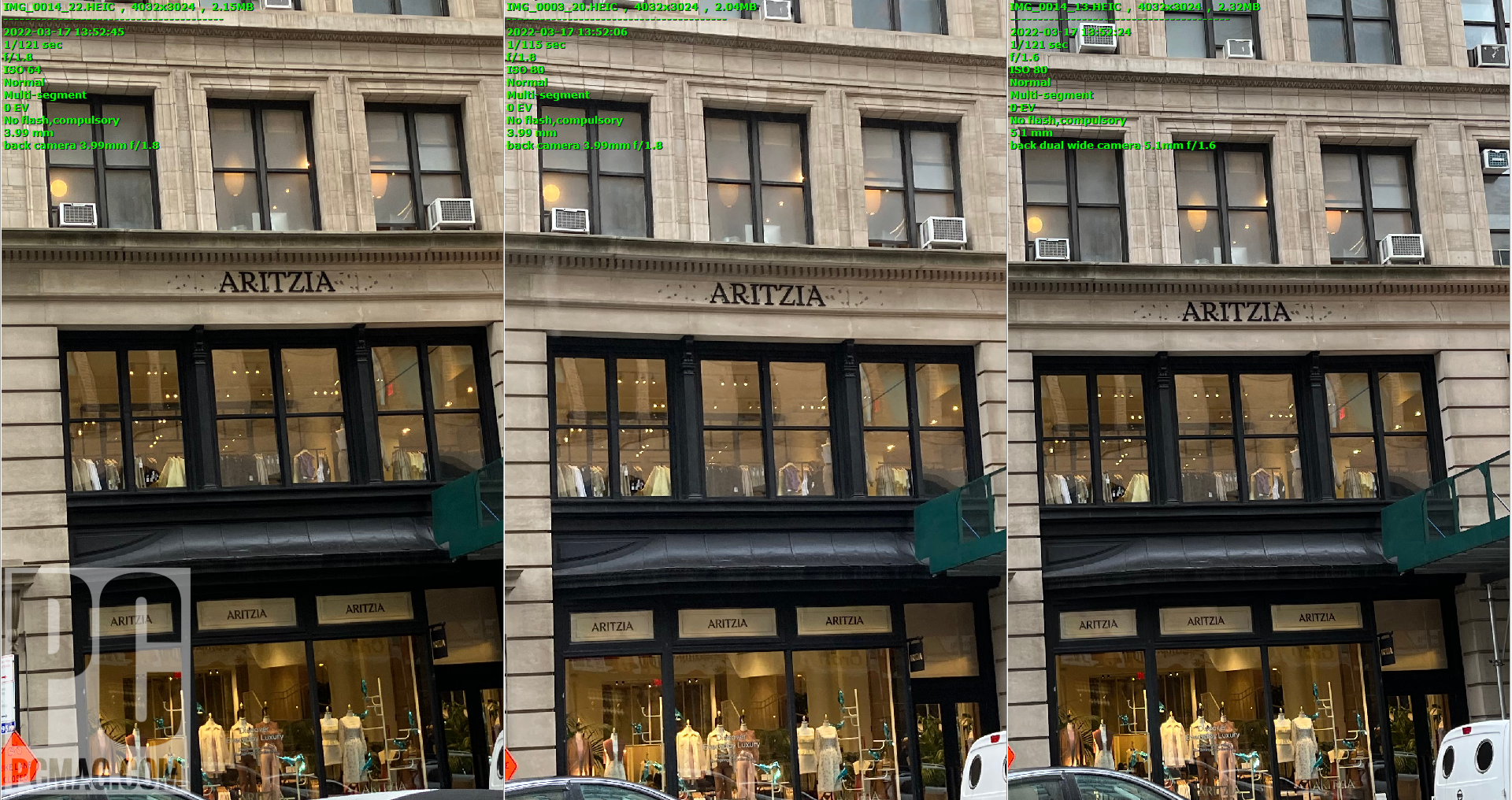
Photos I took inside a bookstore show very subtle differences. The "Historical Fiction" label from the iPhone 13 mini is a bit sharper. But once again, all three cameras turn in excellent results.

Phone algorithms often have trouble with browner skin tones. The 2022 iPhone SE judged the light on my colleague Jeff's face better than the previous model, but the iPhone 13 mini gives him rich highlights that the other two phones don't.

In low-light environments, the difference between the SE and the 13 models is painfully clear. Night mode gives the 13 powers that neither of the SE models can approach. You have to hold the phone still for a few seconds to get a good Night mode shot, but as you can see here, it's worth the wait.

All three phones have 7MP front-facing cameras, but the iPhone 13 mini has a secondary Face ID camera that helps with both portrait mode and focusing, as demonstrated here.
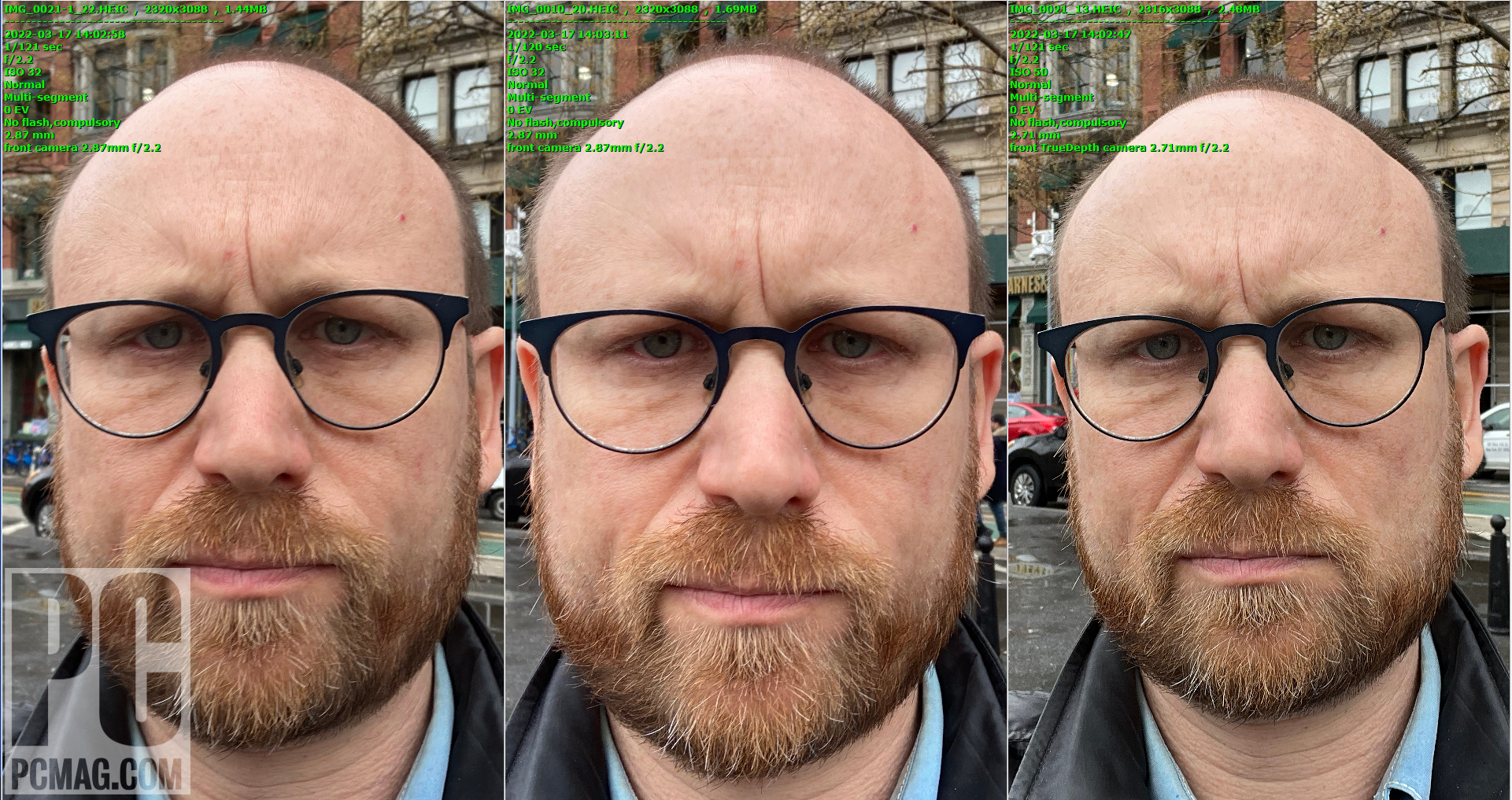
In low-light settings, the 2022 iPhone SE's front-facing camera gathers a bit more light than the 2020 model's, but again, it can't compete with the iPhone 13 mini's Night mode. I can't overstate how much of a difference Night mode makes; it's one of the main reasons I recommend getting an iPhone 13 over the iPhone SE.

Should You Upgrade to the 2022 iPhone SE?
At $429, the iPhone SE competes with the still-for-sale iPhone 14 ($599), the upcoming Samsung Galaxy A35 ($399), and more affordable phones from Motorola and OnePlus.
The A35 and those other Android phones have much larger screens, bigger batteries, and (generally) multiple cameras. But they aren't iPhones. Many people want iPhones because they prefer iOS over Android.

If you have an older, small, 3G iPhone that became obsolete once the carriers turned off 3G, the new SE is the gentlest transition. If you just want to get the least expensive iPhone, this one works fine for now and likely for a couple more years. Similarly, if you're experiencing serious network congestion on your existing iPhone (with lots of service bars but puzzlingly slow speeds), the 5G support here helps.
But as the mobile network guy, I have to point out that the 2022 iPhone SE has the worst network performance of all of the 5G iPhones. (And that was when this review was first written in early 2022. The latest iPhones are far faster.) Even if you don't care about network performance, the lack of a camera Night mode puts the iPhone SE behind even less-expensive Motorola phones in some ways.
Ultimately, the iPhone 16 remains our Editors' Choice winner for the majority of iPhone buyers, with the best mix of features and performance for the price. But that price starts at $799. For around half that amount, the 2022 iPhone SE is a suitable alternative if you don't use your phone heavily or want to stick with Touch ID.

